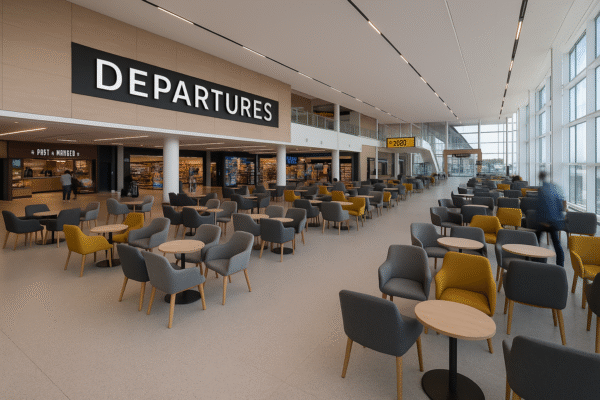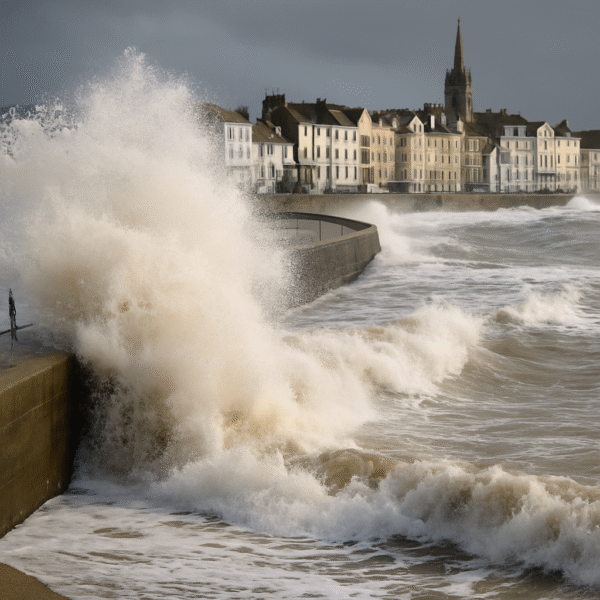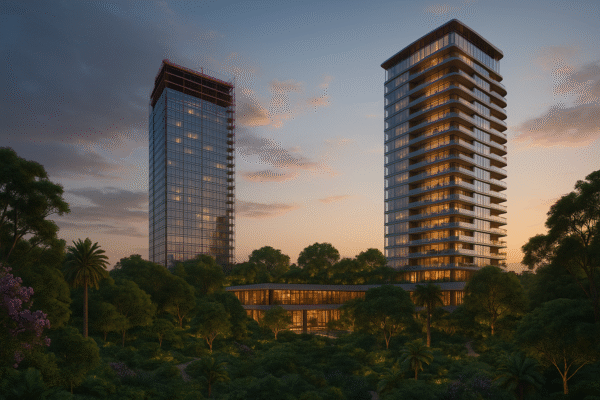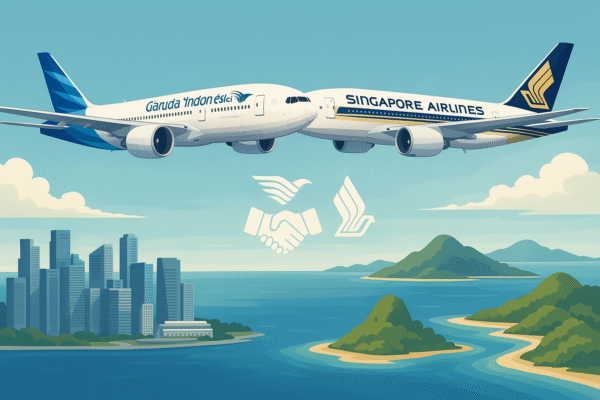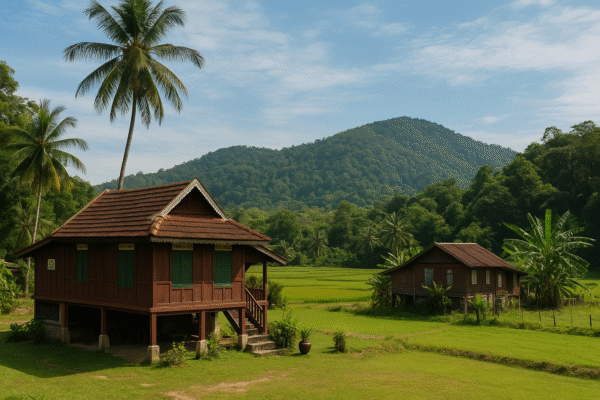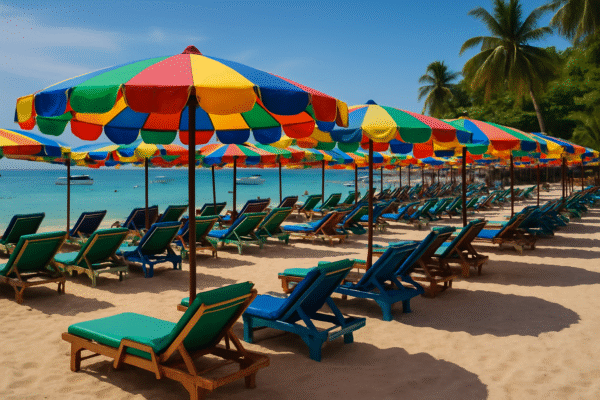Penang Beyond George Town: Embrace Slow Travel, Rural Retreats, and Eco-Tourism in Malaysia’s Hidden Island Gems
Penang Island, a cultural and culinary jewel off Malaysia’s northwest coast, has long drawn visitors to its bustling capital George Town—famous for its colonial architecture, vibrant street art, and hawker fare. But in 2025, a quieter travel movement is taking root. More tourists are venturing beyond George Town, embracing slow travel to uncover the untouched beauty of Penang’s rural interior, coastal villages, and eco-conscious retreats.
As Malaysia’s tourism sector aligns with sustainable development goals outlined by Tourism Malaysia and the Penang State Government, slow travel offers a mindful, immersive alternative. It connects visitors to the island’s natural landscapes, heritage farms, and fishing communities—fostering deeper cultural appreciation while supporting local livelihoods.
Rural Escapes in Balik Pulau: A Journey Back to Nature
Located just 30 minutes from George Town, Balik Pulau is the epitome of slow living. Tucked among rolling hills, paddy fields, and spice plantations, this agricultural heartland invites visitors to unplug and reconnect with nature. Malay kampungs (villages) here retain their traditional rhythms, offering a stark contrast to the city’s urban rush.
Tourists can stay in cozy homestays or opt for glamping resorts that blend comfort with sustainability. Local families welcome guests to experience kampung life—complete with home-cooked meals, bicycle rides through fruit orchards, and guided tours of spice farms.
One standout retreat is Malihom Private Estate, perched 600 meters above sea level. A haven for eco-conscious travelers, it offers panoramic views, jungle trails, and gourmet farm-to-table meals. With solar power, rainwater harvesting, and minimal environmental footprint, Malihom embodies Penang’s green tourism ambitions.
Durian, Nutmeg, and Agritourism Delights
Penang’s historical role in the global spice trade lives on through its thriving agricultural tourism. Ghee Hup Nutmeg Farm, a family-run operation near Balik Pulau, educates visitors on centuries-old cultivation techniques for nutmeg, cloves, and turmeric. Tours include spice tastings and herbal remedy demos, reflecting Malaysia’s cultural fusion of wellness and food heritage.
Meanwhile, the Tropical Fruit Farm in Teluk Bahang spans 10 hectares and showcases over 250 fruit species, including rambutan, mangosteen, and dragon fruit. Guided orchard walks culminate in generous tasting platters—highlighting Malaysia’s biodiversity and commitment to sustainable farming.
No trip to Penang is complete without sampling its most polarizing delicacy: durian. The Bao Sheng Durian Farm, run by a third-generation grower, offers an immersive farmstay experience. Guests sleep in wooden chalets amid orchards and rise early to harvest durians at peak ripeness—an aromatic ritual cherished by locals.
Fishing Villages and Authentic Coastal Living
Penang’s lesser-known western and northern coasts reveal traditional fishing villages like Pulau Betong and Teluk Bahang, where time seems to stand still. Here, fishermen mend nets outside wooden stilt houses, and morning markets overflow with freshly caught seafood.
At Jia Shang Seafood Restaurant in Pulau Betong, visitors handpick their fish and have it prepared in classic Penang Nyonya or Malay styles—steamed with lime and chili, grilled with banana leaf, or stir-fried with sambal. Dining here is not just a meal, but a cultural immersion.
Teluk Bahang offers more than food—it’s a gateway to Penang National Park, Malaysia’s smallest yet most ecologically rich protected area. Spanning 25 square kilometers, the park encompasses mangroves, rainforests, and coral reefs. Guided jungle treks lead to hidden beaches like Pantai Kerachut and Monkey Beach, where wildlife sightings include macaques, hornbills, and even the elusive dusky leaf monkey.
Penang National Park: A Hidden Gem for Eco-Adventurers
While George Town’s murals and street food remain iconic, Penang National Park delivers an entirely different experience—one rooted in sustainability and serenity. Entry is free, but the experience is priceless.
The Penang State Forestry Department has implemented conservation-focused visitor policies, including capped daily entries and plastic-free zones. Trekkers can follow canopy-shaded trails or hire a local boat to navigate the park’s coastline. The park’s Canopy Walkway, suspended above the treetops, offers breathtaking views and promotes biodiversity awareness.
Efforts to preserve turtle nesting beaches at Pantai Kerachut are supported by NGOs and government wildlife officers, making it a destination of both beauty and purpose.
Why Slow Travel in Penang Matters
Penang’s slow tourism rise is part of a broader shift in post-pandemic travel, where tourists increasingly seek quality over quantity. The Malaysian Ministry of Tourism, Arts and Culture (MOTAC) has identified eco-tourism and rural tourism as strategic pillars in its Visit Malaysia campaigns—aligning with UN Sustainable Development Goals (SDGs).
By choosing rural homestays, organic farms, and small-scale nature experiences, travelers help decentralize tourism from congested urban hubs. This alleviates environmental stress on George Town while channeling income to less developed regions of the island.
For travelers from the UAE, India, Singapore, and beyond—many of whom have direct air links to Penang via Penang International Airport (PEN)—these slow travel experiences offer a refreshing escape from city life.
Final Thoughts: A Deeper Journey Awaits
Penang’s future as a tourism destination lies not only in its rich past but in its green, community-driven path forward. Whether meditating on a hilltop in Balik Pulau, savoring tree-fallen durians, or dining on jetty-fresh seafood, travelers find more than Instagrammable moments—they find meaning.
In 2025 and beyond, Penang invites the world to slow down and stay a little longer. In doing so, visitors help preserve the island’s culture, support its people, and rediscover the joy of travel rooted in connection.
For more travel news like this, keep reading Global Travel Wire


